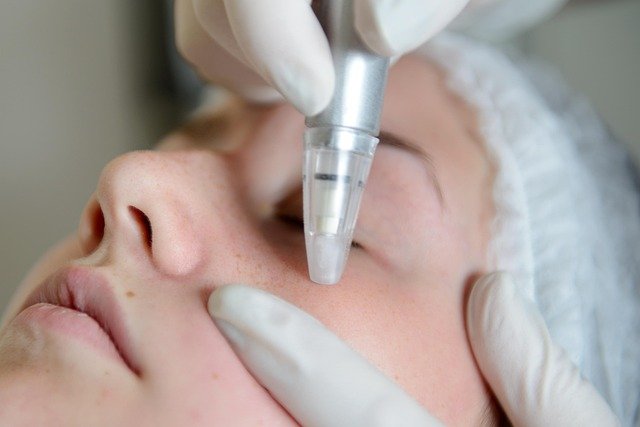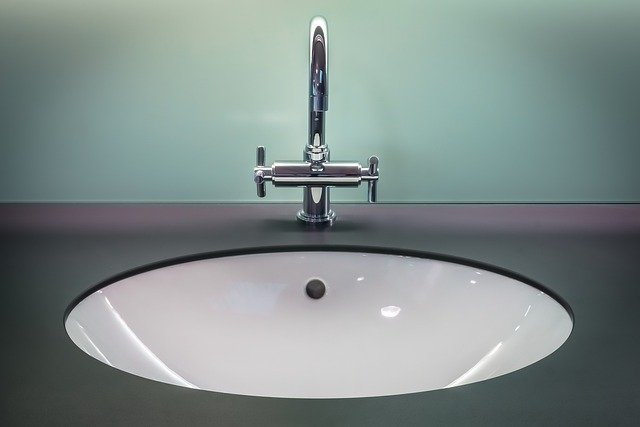Laser Skin Renewal: Restore Radiant, Youthful Skin Now
Discover how laser skin rejuvenation uses targeted light energy to improve skin texture, fade sun damage, and boost collagen for a fresher, younger-looking complexion. Learn about treatment types, what to expect during sessions, potential risks, recovery timelines, and typical costs to help you decide if laser rejuvenation is right for your skin goals.

What skin concerns can laser rejuvenation help with?
Laser skin rejuvenation treats a broad range of cosmetic issues. It can soften fine lines and wrinkles, even out skin tone and texture, reduce sun damage and age spots, and help fade acne scars and other minor scarring. Many people also see improvements in enlarged pores, persistent redness, and pigment irregularities. The exact benefits depend on the laser type and the individual’s skin condition.
Types of laser and light-based treatments
There are several categories of devices used in skin rejuvenation, each with a distinct approach and depth of effect:
-
Ablative lasers: These remove the outermost skin layers to encourage major collagen remodeling and tighter skin. CO2 and Erbium lasers are common examples, typically producing dramatic results but with longer recovery.
-
Non-ablative lasers: These heat deeper layers of the skin without vaporizing the surface, stimulating collagen while keeping downtime minimal. Nd:YAG and certain fractional non-ablative systems fall into this group.
-
Fractional lasers: Instead of treating the entire surface, fractional devices create tiny columns of treated tissue surrounded by untouched skin, which speeds healing. Fractional technology is available in both ablative and non-ablative formats.
-
IPL (Intense Pulsed Light): Technically not a laser, IPL uses broad-spectrum light to reduce pigmentation, broken capillaries, and uneven tone. It’s often chosen for color-related concerns rather than deep skin resurfacing.
Selecting the right modality comes down to the issues you want addressed, your skin type, tolerance for downtime, and desired speed of results.
What happens during a treatment visit?
A typical clinic visit follows a predictable sequence:
-
Consultation: A clinician evaluates your skin, discusses goals, reviews medical history, and recommends the most appropriate device and treatment plan.
-
Preparation: The area is cleansed. For more intensive procedures, a topical anesthetic or local numbing may be applied. Eye protection is provided when necessary.
-
Treatment: The practitioner moves the laser or IPL handpiece across the targeted zones, delivering controlled energy pulses. Session length varies by device and treatment area—small areas can take minutes; full-face resurfacing may take longer.
-
Aftercare: Immediately after, calming products and sunscreen are applied. You’ll receive instructions for home care, including cleansing, sun avoidance, and products to support healing.
Most people describe sensations ranging from mild warmth to brief snapping or stinging. Clinics often use cooling devices or topical agents to make the experience more comfortable.
How many sessions will I need?
The number of sessions depends on the device, the problem being treated, and how your skin responds. Typical recommendations are:
- Aggressive ablative resurfacing: 1–2 sessions may deliver substantial change.
- Non-ablative lasers: Often 3–6 sessions spaced every 4–6 weeks.
- Fractional treatments: Commonly 3–5 sessions depending on intensity.
- IPL: Usually 3–6 treatments for pigment and vascular concerns.
Individual plans are tailored by your clinician based on progress and goals. Some people notice meaningful improvement after a single session, especially with stronger resurfacing lasers.
Possible risks and side effects
When performed by trained professionals, laser rejuvenation is generally safe, but it carries potential side effects:
- Redness and swelling are common immediately after treatment and typically resolve over days to a couple of weeks depending on intensity.
- Temporary changes in pigmentation can occur—treated skin may darken or lighten before settling.
- Mild discomfort, warmth, or tingling during and after the procedure is normal.
- Infection risk is low with proper aftercare but still possible.
- Scarring and prolonged pigment changes are rare but more likely after aggressive treatments or with inadequate post-procedure care.
Choosing an experienced provider and following post-treatment instructions closely reduces complications.
Cost considerations and typical price ranges
Pricing varies widely with the technology used, the size of the area, the number of sessions, and geographic location. Many clinics also offer package pricing for multiple treatments.
| Treatment Type | Average Cost per Session | Typical Number of Sessions |
|---|---|---|
| Ablative Laser Resurfacing | $1,500 - $3,000 | 1-2 |
| Non-ablative Laser | $600 - $1,500 | 3-6 |
| Fractional Laser | $800 - $2,000 | 3-5 |
| IPL Treatment | $400 - $800 | 3-6 |
Prices, rates, or cost estimates mentioned in this article are based on the latest available information but may change over time. Independent research is advised before making financial decisions.
Making the right choice for your skin
Laser skin rejuvenation can provide powerful improvements in texture, tone, and signs of aging by stimulating collagen and targeting problem areas with precision. To determine if it’s right for you, schedule a consultation with a qualified skincare professional who can assess your skin, explain realistic outcomes, and design a treatment plan that balances results with acceptable downtime.
This article is for informational purposes only and should not be considered medical advice. Please consult a qualified healthcare professional for personalized guidance and treatment.





